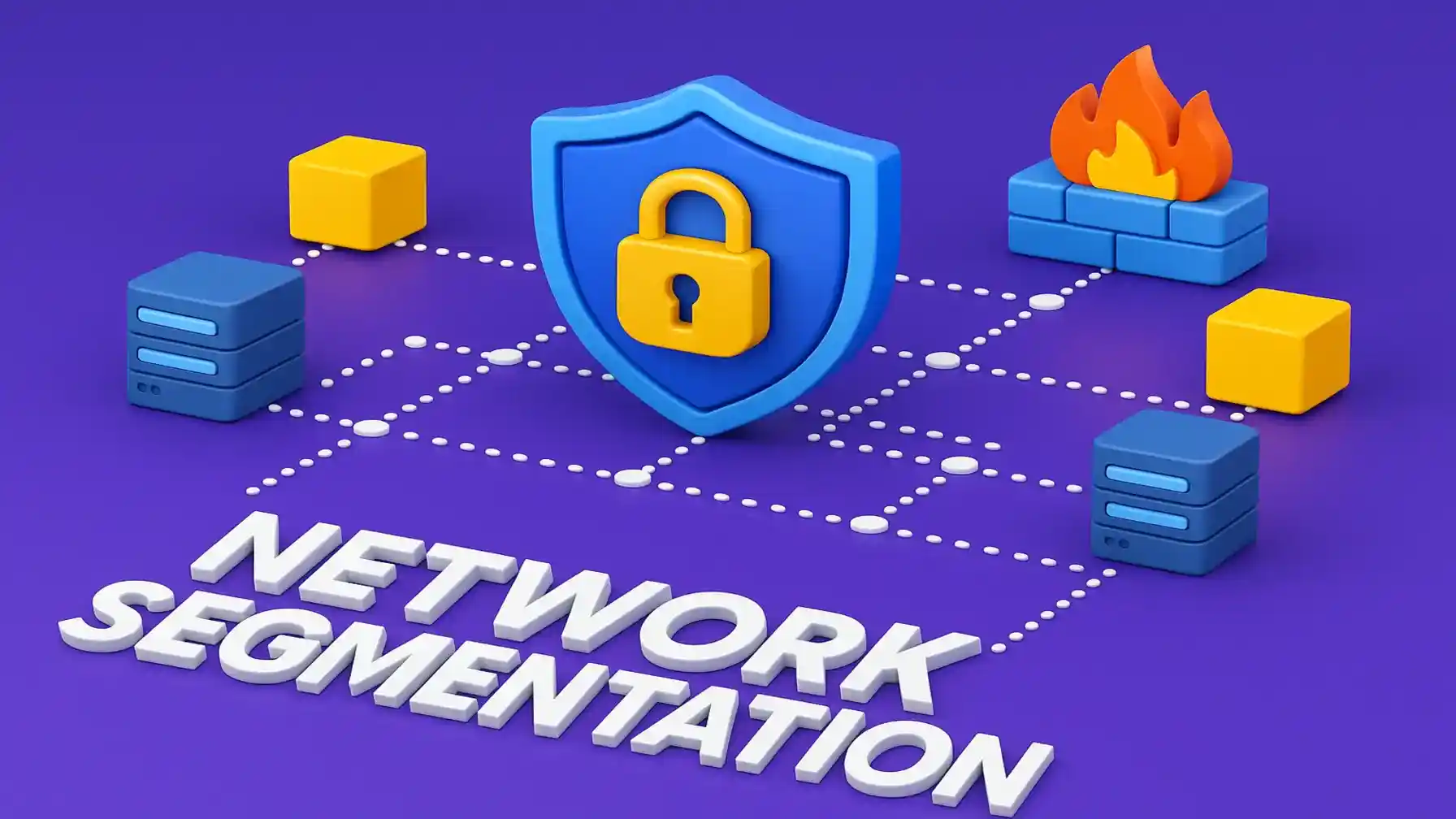Welcome to the future of Customer Service! In a world where technology is constantly evolving, chatbots and virtual assistants are changing the game. Imagine having your own personal assistant available 24/7 to help with any query or concern. Sounds exciting, right? Let’s dive into how these AI-powered tools are revolutionizing the way businesses interact with their customers.
Transforming Customer Service with Chatbots and Virtual Assistants
Chatbots and virtual assistants are the dynamic duo transforming customer service as we know it. Chatbots simulate conversation with users, instantly responding to a wide range of inquiries as automated tools. On the other hand, virtual assistants take it up a notch by utilizing advanced AI technology to offer personalized assistance tailored to individual needs.
The key difference lies in their functionality – chatbots excel at handling repetitive tasks efficiently, while virtual assistants go beyond by understanding context and engaging in more complex interactions. As Conversational AI continues to advance rapidly, these bots are becoming increasingly sophisticated in delivering seamless customer experiences.
The future holds exciting possibilities for integrating chatbots and virtual assistants across various industries. From streamlining support processes to enhancing user engagement, these digital companions are paving the way for a new era of customer service excellence.
Understanding Chatbots
Chatbots, software programs, mimic human conversation, commonly online, present on websites, social media, and messaging platforms. These bots use natural language processing to understand user queries and provide relevant responses in real-time. Chatbots come in various forms, from simple rule-based systems to more advanced AI-powered assistants.
Understanding how chatbots work involves grasping their ability to analyze input data and generate appropriate output based on predefined rules or machine learning algorithms. They can handle a wide range of tasks, such as answering frequently asked questions, assisting with product recommendations, scheduling appointments, and even processing orders seamlessly.
As technology advances, chatbots evolve to adeptly manage intricate customer interactions, showcasing increased sophistication. Their potential for improving efficiency in customer service is undeniable as they offer instant responses 24/7 without the need for human intervention.
Understanding Virtual Assistants
Virtual Assistants are AI-powered programs designed to assist users in completing tasks and providing information. These virtual helpers can schedule appointments, answer inquiries, and even make reservations on behalf of the user. Virtual Assistants utilize natural language processing to understand and respond to human queries effectively.
One key feature of Virtual Assistants is their ability to learn and improve over time through machine learning algorithms. This allows them to adapt to users’ preferences and provide more personalized assistance. Virtual Assistants can be integrated into various platforms such as websites, mobile apps, and smart devices like Amazon’s Alexa or Google Home.
Virtual Assistants are reshaping customer-business interactions by harnessing advanced technologies such as machine learning and natural language processing. They offer round-the-clock support, enhance user experience, and streamline processes for increased efficiency.

Key Differences Between Chatbots and Virtual Assistants
When it comes to chatbots and virtual assistants, understanding the key differences between the two is essential. Chatbots are typically programmed to handle specific tasks or provide predefined responses based on keywords or commands. They excel in automating simple interactions and streamlining processes for users.
On the other hand, virtual assistants, powered by sophisticated AI technology, possess more advanced capabilities. They can understand context, learn from previous interactions, and engage in more complex conversations with users. Virtual assistants like Siri or Google Assistant are designed to assist users with a wide range of tasks beyond basic inquiries.
While chatbots focus on task completion and efficiency, virtual assistants prioritize personalized experiences and natural language processing. This impacts how businesses utilize each technology in customer service, tailoring them to meet diverse user needs effectively.
Advancements in Conversational AI
Advancements in Conversational AI have been rapidly shaping the way businesses interact with customers. These technological strides have enabled chatbots and virtual assistants to offer more personalized and human-like responses. This has significantly improved user experience, leading to higher customer satisfaction rates.
The integration of natural language processing (NLP) and machine learning algorithms has allowed AI-powered systems to understand context, tone, and intent better. As a result, chatbots can engage in more meaningful conversations with users, providing relevant information promptly.
Moreover, advancements in sentiment analysis have enhanced the ability of virtual assistants to detect underlying emotions in customer queries. This emotional intelligence enables them to tailor their responses accordingly, creating a more empathetic interaction.
The continuous developments in Conversational AI are paving the way for even more sophisticated and efficient customer service solutions in various industries.
Future Trends and Integration
The future of chatbots and virtual assistants is set to be more personalized and intuitive. Integrating these AI technologies into various platforms will become seamless, offering users a consistent experience across different touchpoints.
As advancements in conversational AI continue to evolve, we can expect chatbots and virtual assistants to become even more sophisticated in understanding user intent and providing relevant responses.
Integration with other emerging technologies like machine learning and natural language processing will further enhance the capabilities of chatbots and virtual assistants, making them indispensable tools for businesses looking to streamline customer interactions.
In the coming years, we may see a shift towards voice-activated virtual assistants becoming the primary mode of interaction, leading to a more hands-free and convenient user experience. This integration will pave the way for new opportunities in fields such as e-commerce, healthcare, finance, and beyond.
Chatbots and Virtual Assistants: The Impact on Customer Service
Customer Service is being revolutionized by the rise of chatbots and virtual assistants. These AI-powered tools are enhancing functionality and applications in ways never seen before. From streamlining communication to providing instant assistance, chatbots and virtual assistants are transforming customer engagement and experience.
Businesses across various industries are leveraging these technologies to improve their service support operations. Whether it’s healthcare, e-commerce, or finance, the use cases for chatbots and virtual assistants continue to expand. They’re becoming essential tools for delivering personalized interactions and efficient solutions to customers.
Implementing AI chatbots offers numerous benefits such as 24/7 availability, quick responses, and cost-effectiveness. On the other hand, optimizing customer support with virtual assistants can lead to improved efficiency through automation of repetitive tasks.
Choosing the right solution involves considering factors like scalability, customization options, integration capabilities, and data security protocols. By following best practices for integration and staying updated on future trends in the service support industry, businesses can stay ahead of the curve in delivering exceptional customer experiences.
Functionality and Applications
Chatbots and virtual assistants have transformed customer service with their diverse functionality and wide-ranging applications. Chatbots, equipped with AI technology, can efficiently handle routine inquiries, provide quick responses, and even assist in completing transactions seamlessly. Virtual assistants, on the other hand, offer more personalized interactions by understanding context and delivering tailored solutions to users’ queries.
In terms of applications, chatbots are commonly used for automating customer support on websites or social media platforms. They can also be integrated into messaging apps to enhance communication between businesses and customers. Virtual assistants find their place in smart home devices like Amazon’s Alexa or Google Assistant where they help users with tasks such as setting reminders, playing music, or controlling smart appliances.
The functionality of these AI-powered tools extends beyond basic customer service to include sales assistance, lead generation support, appointment scheduling services for businesses across various industries. The versatility and adaptability of chatbots and virtual assistants continue to drive innovation in enhancing customer engagement experiences globally.
Customer Engagement and Experience
Customer engagement and experience are at the core of successful customer service strategies. With the rise of chatbots and virtual assistants, businesses can now offer personalized interactions with their customers in real-time.
Chatbots provide instant responses to inquiries, ensuring a seamless user experience. Customers appreciate the convenience of getting immediate answers to their questions without having to wait in long queues or on hold.
Virtual assistants take customer engagement to the next level by offering more complex support services such as booking appointments or providing product recommendations based on individual preferences. This tailored approach enhances the overall customer experience, leading to higher satisfaction levels and increased loyalty.
By leveraging these AI-powered tools, businesses can create meaningful interactions that resonate with their customers, ultimately driving brand affinity and retention rates. In today’s competitive landscape, prioritizing customer engagement and experience through chatbots and virtual assistants is key to staying ahead of the curve.
Use Cases and Industries
Chatbots and virtual assistants are finding their way into a variety of industries, transforming the landscape of customer service. E-commerce businesses are leveraging these AI-powered tools to provide instant support to shoppers browsing their websites. In the healthcare sector, virtual assistants help patients schedule appointments and receive medical advice promptly.
Financial institutions are using chatbots for quick account inquiries and personalized financial recommendations. The travel industry benefits from virtual assistants that assist customers with booking flights, hotels, and providing real-time updates on their journey.
Education is another field where chatbots are being utilized to enhance learning experiences through interactive lessons and immediate feedback for students. Even in the entertainment industry, chatbots can recommend movies or music based on users’ preferences.
As technology continues to advance, we can expect even more industries to adopt these innovative solutions for improved efficiency and customer satisfaction without human intervention required.
Chatbots and Virtual Assistants: Implementation and Adoption

When it comes to implementing chatbots and virtual assistants, businesses are exploring new ways to optimize customer support. The benefits of AI-powered solutions are becoming increasingly evident in streamlining processes and enhancing user experiences.
One key aspect of adoption is understanding the specific needs and requirements of your business. By evaluating factors such as customer demographics, service offerings, and communication channels, companies can tailor their chatbot or virtual assistant accordingly.
Optimizing customer support with these technologies involves seamless integration across various touchpoints. From website chats to social media messaging platforms, creating a unified experience for users is essential in driving satisfaction and loyalty.
Best practices for successful implementation include continuous monitoring and feedback analysis to refine the system over time. As industries evolve, so do consumer expectations – staying ahead of trends is crucial in maintaining a competitive edge.
The future of the service support industry lies in leveraging advanced AI capabilities to deliver personalized interactions at scale. By embracing innovation and harnessing the power of chatbots and virtual assistants, organizations can revolutionize their approach to customer service.
The Benefits of AI Chatbots
AI chatbots offer a multitude of benefits for businesses looking to streamline customer service interactions. These virtual assistants are available 24/7, providing instant responses to customer queries and reducing response times significantly. Chatbots streamline mundane tasks, enabling human agents to tackle intricate matters, thus enhancing operational efficiency.
One key advantage of AI chatbots is their scalability – they can handle multiple conversations simultaneously without compromising quality. This guarantees prompt assistance for customers, even during peak hours of operation. Additionally, chatbots can gather valuable data from interactions with customers, enabling businesses to gain insights into consumer behavior and preferences.
Moreover, AI chatbots help in reducing operational costs by lowering the need for a large customer support team. They provide consistent and accurate information based on predefined algorithms, ensuring a seamless experience for users across various touchpoints. With continuous advancements in artificial intelligence technology, the capabilities of chatbots are only expected to evolve further in the future.
Optimizing Customer Support with Virtual Assistants
Virtual assistants are transforming the landscape of customer support by offering efficient and personalized assistance to users around the clock. These AI-powered tools can handle a wide range of inquiries, from basic FAQs to complex troubleshooting, without human intervention. By leveraging natural language processing capabilities, virtual assistants can engage with customers in real-time conversations, providing instant solutions and enhancing overall user experience.
One of the key benefits of using virtual assistants for customer support is their ability to streamline processes and reduce response times. Customers appreciate quick resolutions to their queries, leading to higher satisfaction rates and increased loyalty towards the brand. Additionally, virtual assistants have the capacity to handle multiple inquiries simultaneously, ensuring that no customer is left waiting in line for assistance.
Moreover, these digital helpers can be integrated across various channels such as websites, social media platforms, and mobile apps. This allows customers to connect with the virtual assistant through their preferred channel, making it easier for them to seek support whenever they need it. Virtual assistants can also collect and analyze customer data, providing valuable insights that can help companies improve their products and services.
Also Read: Technology and the Environment: Impact and Balance
Another advantage of virtual assistants in customer support is cost savings. By automating routine tasks and inquiries, companies can reduce the need for human agents and allocate their resources more efficiently. This leads to significant cost savings in terms of salaries, training, and infrastructure.
Furthermore, virtual assistants are available 24/7, providing round-the-clock support to customers regardless of time zones or holidays. This ensures that customers always have access to assistance when they need it, improving overall satisfaction and retention rates.
Virtual assistants offer a multitude of benefits for optimizing customer support. They provide personalized and efficient assistance, streamline processes, save costs, and offer 24/7 availability. As technology continues to advance, we can expect virtual assistants to play an even bigger role in transforming the customer support landscape. Companies that incorporate these tools into their customer service strategy will be able to enhance user experience and gain a competitive edge in the market.
Choosing the Right Solution:
When considering the right chatbot or virtual assistant solution for your business, it’s essential to assess various factors. Start by identifying your specific needs and goals – whether it’s enhancing customer support efficiency or streamlining processes.
Take into account the scalability of the solution to ensure it can grow with your business and adapt to changing demands. Consider the level of customization available to tailor the bot’s responses to match your brand voice accurately.
Evaluate the integration capabilities of the platform with existing systems and software used within your organization. Seamless integration is key to maximizing efficiency and effectiveness.
Look for a provider that offers robust analytics and reporting features, allowing you to track performance metrics and gain valuable insights into customer interactions.
Prioritize security measures in place to safeguard sensitive data and protect user privacy. By carefully weighing these factors, you can make an informed decision on choosing the right chatbot or virtual assistant solution for your business.
Factors to Consider
When considering implementing chatbots and virtual assistants for your customer service, there are several factors to keep in mind. Evaluate the specific needs of your business – what tasks do you want these AI tools to handle? Understanding your objectives will help you choose the most suitable solution.
Next, consider the scalability of the technology. Will it be able to grow with your business as demands increase? It’s crucial to select a flexible platform that can adapt to changing requirements over time.
Another important factor is integration capabilities. Ensure that the chatbot or virtual assistant can seamlessly integrate with your existing systems and workflows for a smooth transition and optimal performance.
Think about training and maintenance requirements. How much time and resources will be needed to train employees on using these tools effectively? Factor in ongoing support and updates to ensure continued success with AI-powered customer service solutions.
Best Practices for Integration
When it comes to integrating chatbots and virtual assistants into your customer service strategy, there are some best practices to keep in mind. Ensure seamless integration across all communication channels to provide a consistent experience for customers.
It’s essential to customize the AI solutions according to your brand voice and tone so that they align with your overall brand image. Additionally, regularly analyze data and feedback from interactions with customers to optimize the performance of your chatbots and virtual assistants.
Consider implementing a handoff feature where queries can be seamlessly transferred from AI bots to human agents when necessary. This ensures a smooth transition for complex or sensitive issues that require human intervention.
Always prioritize continuous training and updates for your AI technology to stay ahead of industry trends and provide the best possible customer experience through effective integration strategies.
Future of Service Support Industry
Chatbots and virtual assistants are undoubtedly intertwining the future of the service support industry. As technology continues to advance, businesses will need to adapt and embrace these AI-powered solutions to stay competitive in the ever-evolving landscape of customer service.
Chatbots and virtual assistants will revolutionize how companies engage with their customers, thanks to advancements in conversational AI. By leveraging these tools effectively, businesses can enhance efficiency, improve customer satisfaction levels, and drive growth opportunities.
As we look ahead, we see innovation and automation driving the shaping of the service support industry with chatbots and virtual assistants. Embracing this transformation now will position businesses for success in delivering exceptional customer experiences while redefining standards for efficient service delivery. The future is bright for those who harness the power of AI-driven technologies in reshaping customer service strategies.
You may also like to read: How to Use Digital Marketing Tools to Boost Your Online Presence








